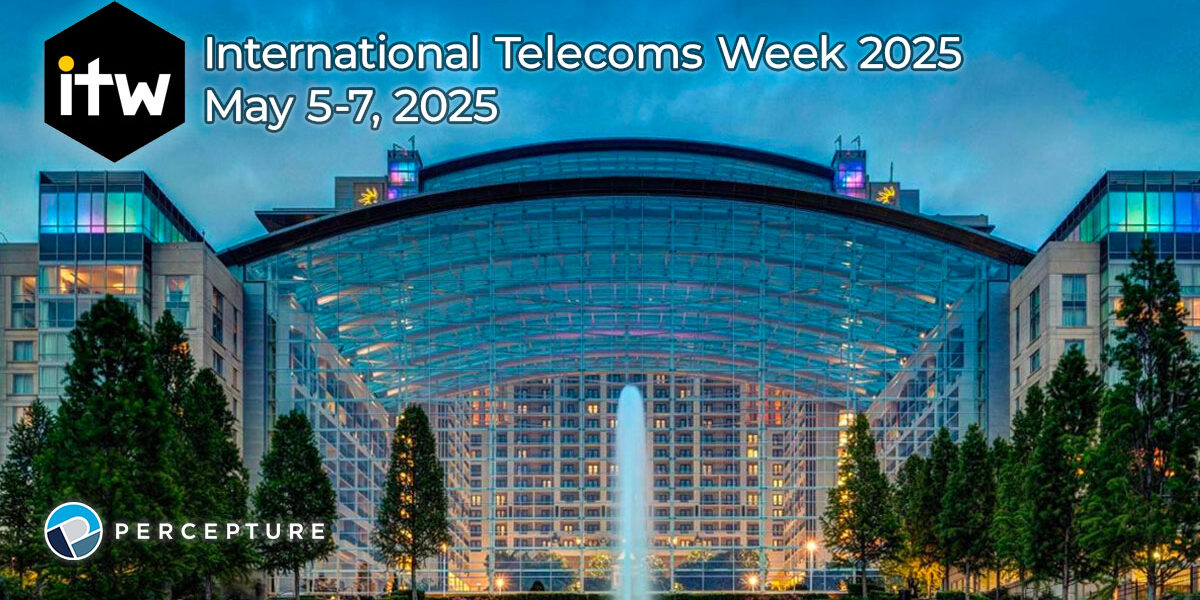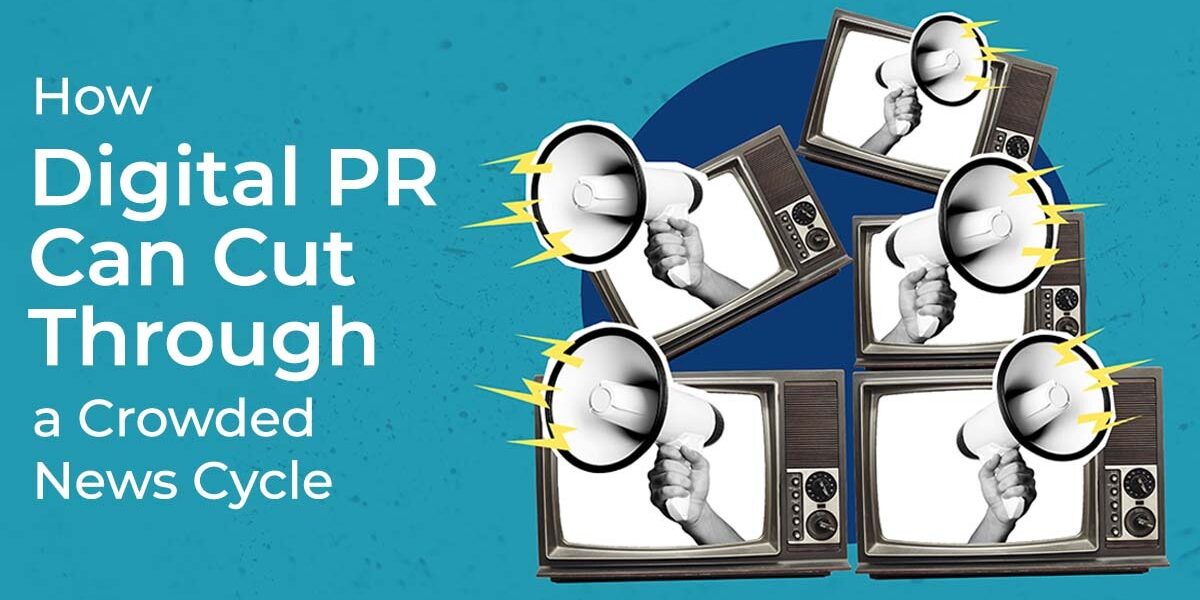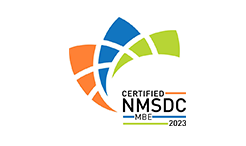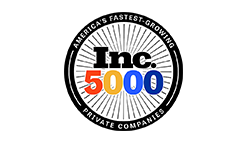As a Travel & Tourism PR Agency with over two decades of experience in the industry, we’ve seen how the landscape has radically changed over the past decade. Those changes have been accelerated by shifting consumer habits during the pandemic.
Today, effective public relations and digital marketing for travel must be both sustainable and sustainability-focused in order to produce results.
What’s the difference between sustainable PR and sustainability-focused marketing? The two practices go hand in hand, but the differences between them help to highlight the evolution of marketing trends in the travel industry.
As industry standards, processes, and practices are evolving, how are you transforming your Marketing & PR to stand out amongst travel-goers in this new era of modern travel?
The Competitive Landscape of the Travel Industry
The competitive landscape of the travel industry has experienced unprecedented disruption over the past decade.
From Airbnb to online travel agencies and from carbon offsets to COVID-safety concerns, consumers have more travel options to consider than ever before. Consumer purchasing habits have changed as people approach travel, tourism, and hospitality experiences from a fresh perspective.
Today, consumers are doing more than simply comparing the cost of flights and hotels to decide on a travel experience. Consumers care about stretching the power of their dollar, but also about the richness of their experience and the sustainability that comes with it.
Travel industry marketing has changed, too. As travel continues to bounce back from its pandemic pause, media is saturated with PR and advertising campaigns as destinations spend ad dollars to attract new and returning visitors. That marketing saturation is driving up the price of marketing due to demand for ad space.
The changes of consumer habits and increase in marketing competition means running the same campaign you ran 10, 5, or even 3 years ago might not produce similar results.
That’s why your travel PR and marketing also has to evolve. Your strategy has to be about more than a destination or amenities, but about a holistic – and, potentially aspirational – experience for the consumer.
To accomplish that, travel marketing has undergone a fundamental shift to become more data-driven. The more data you have about current and prospective customers, the better.
Sustainable PR and Marketing Strategies – How to Shrink the Funnel
Sustainable PR and Marketing strategies for the travel industry involve targeting smarter to maximize the visibility and impact of your marketing while being strategic with your budget.
That begins with travel PR. Gone are the days of the broad PR blast that might get picked up by traditional media outlets. Not only are those outlets inundated with pitches, but today non-traditional social influencers can have just as much influence over consumers as traditional media.
That’s also reflected in digital marketing for travel. Digital ad buys with the broad targeting of a highway billboard have given way to personalized targeting fueled by consumer data and measured with advanced analytics.
What does that look like?
Behavioral Targeting. Targeting prospects based on prior purchases, both within the travel industry and beyond it. Find the right audience based on prior purchases, including airline, locations, hotel, and their leisure activities.
AI-Driven Media Buying. Find the unique fingerprint of your customers on the web. Reach each individual prospect on the channels they spend their time on websites, search, social media, apps – even streaming media like TV, radio, and video games.
Automated Personalization. Tailor your ad delivery based on past browsing history, search queries and travel history.
Shrinking the Funnel. Use algorithmic targeting with machine learning to reach people when they are actively considering their travel itinerary rather than further up-funnel.
Create Repeat Customers. Reach past customers with more than just email lists in an unexpected way, on websites, apps, TV and radio.
Together, this suit of strategies, tactics, and tools form the basis of sustainable PR and marketing for the travel industry. They ensure your advertising spend is effective in a crowded market by using data to focus on consumers with the highest intent to book an experience.
Sustainability-Focused Marketing – Consumers Care About Sustainable Options (even before taking flight)
Travel consumers are evaluating potential experiences and destinations on more than just a spectrum measured from affordability on one end to luxury on the other. Today, potential travelers are increasingly considering the entire experience of their travel, which includes sustainability concerns.
A 2022 study by Expedia Group found that as many as 90% of travelers look for sustainable options when traveling, with more than half of consumers seeking environmentally-friendly transportation and accommodations. This is supported by a separate study by National Geographic, which found that consumers are increasingly aware of “overtravel” – the potential for travel to negatively impact on local communities, environments, and historical sites.
Changing consumer preferences mean your travel marketing now needs to tell your own unique story of sustainability. Not every destination is a green-focused paradise. Yet, you can still highlight your low-emissions, locally-sourced and organic dining experiences, or show off the positive impact of tourism on your local community.
Your sustainability story doesn’t have to be limited to your own business. As consumers consider their entire travel experience they want to know more about the environment, culture, and history of an area they are staying in. That gives you the chance to highlight connections within your community. Some examples include
Conservation. You can emphasize local efforts to protect and conserve ecosystems, including highlighting national parks, wildlife sanctuaries, and marine reserves, as well as efforts to reclaim green land or conserve water.
Historical & Cultural Preservation. Promote the history of your area with a focus on indigenous cultures and heritage, offering opportunities for travelers to engage with local traditions and crafts.
Sustainable Transportation. Highlight options for sustainable transportation during a visit, such as bike rentals, electric vehicles, public transit, and pedestrian-friendly downtown areas.
Community Involvement. Showcase initiatives that involve the local community in tourism activities, with examples of how the economic benefits of tourism are distributed equitably.
All of that extends to offering consumers digital travel experiences before they book. A prospect concerned about the environmental impact of their trip may want to walk through every step of their journey and every view of your destination before they commit to driving or flying there.
Work with an agency that understands Sustainable PR
Your destination should be the first click when customers search, plan, and book.
Percepture offers omnichannel marketing services and public relations strategies to precisely target and lift key pieces of your travel business. Schedule a meeting to learn how we have been helping hospitality, CVB’s, aviation, passenger rails, and travel technology companies to transform their marketing to surpass industry benchmarks for the past 20 years.






